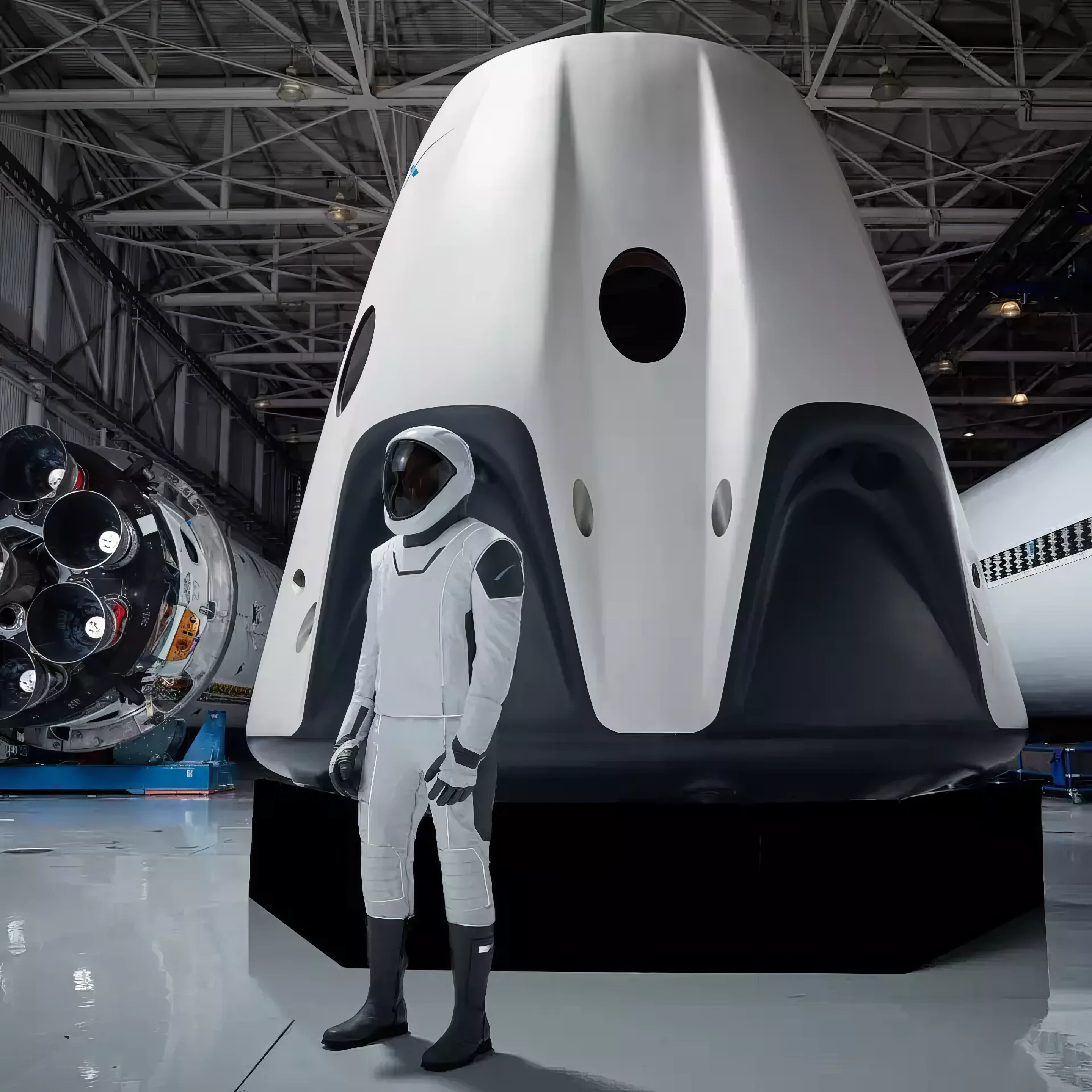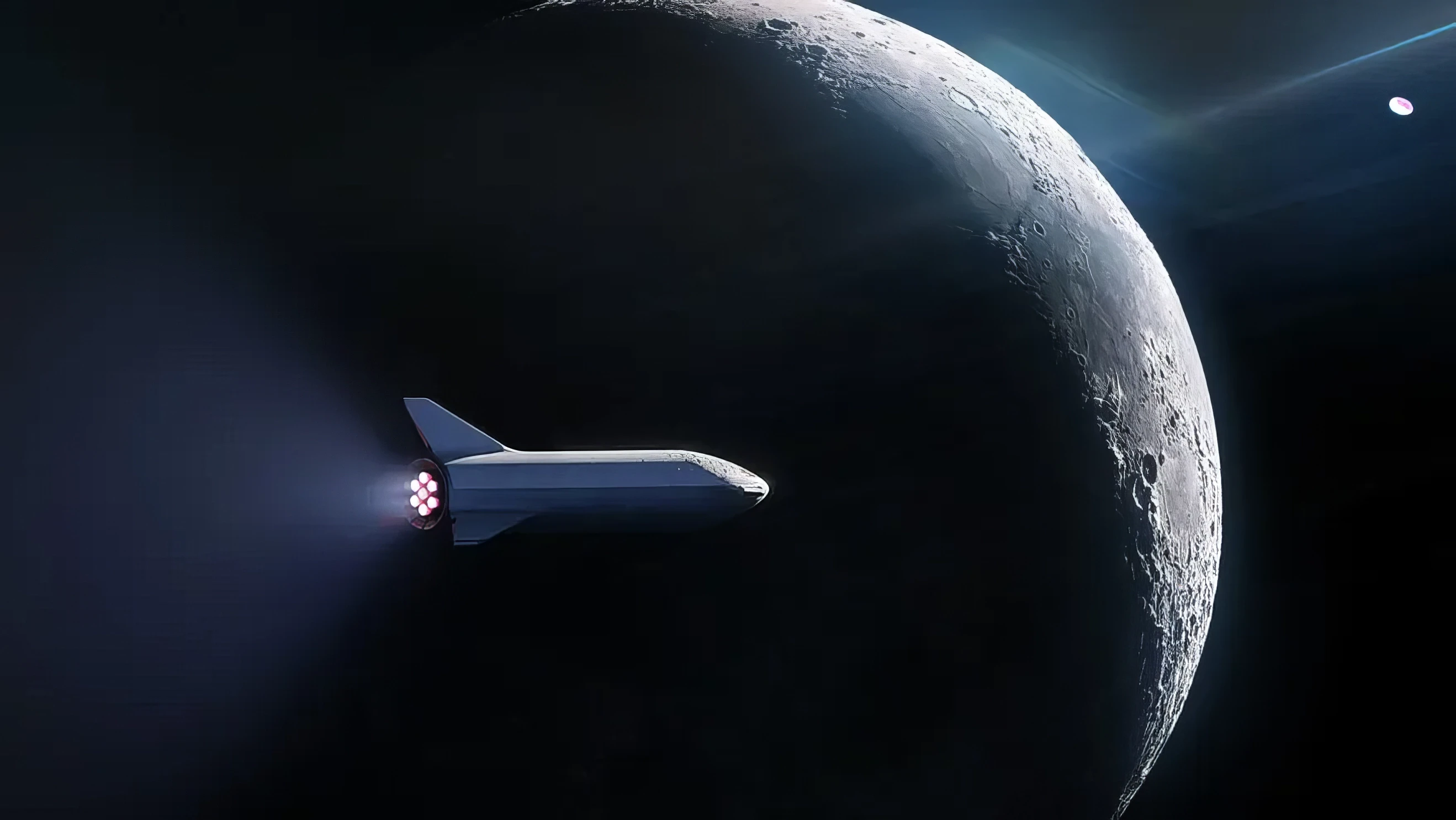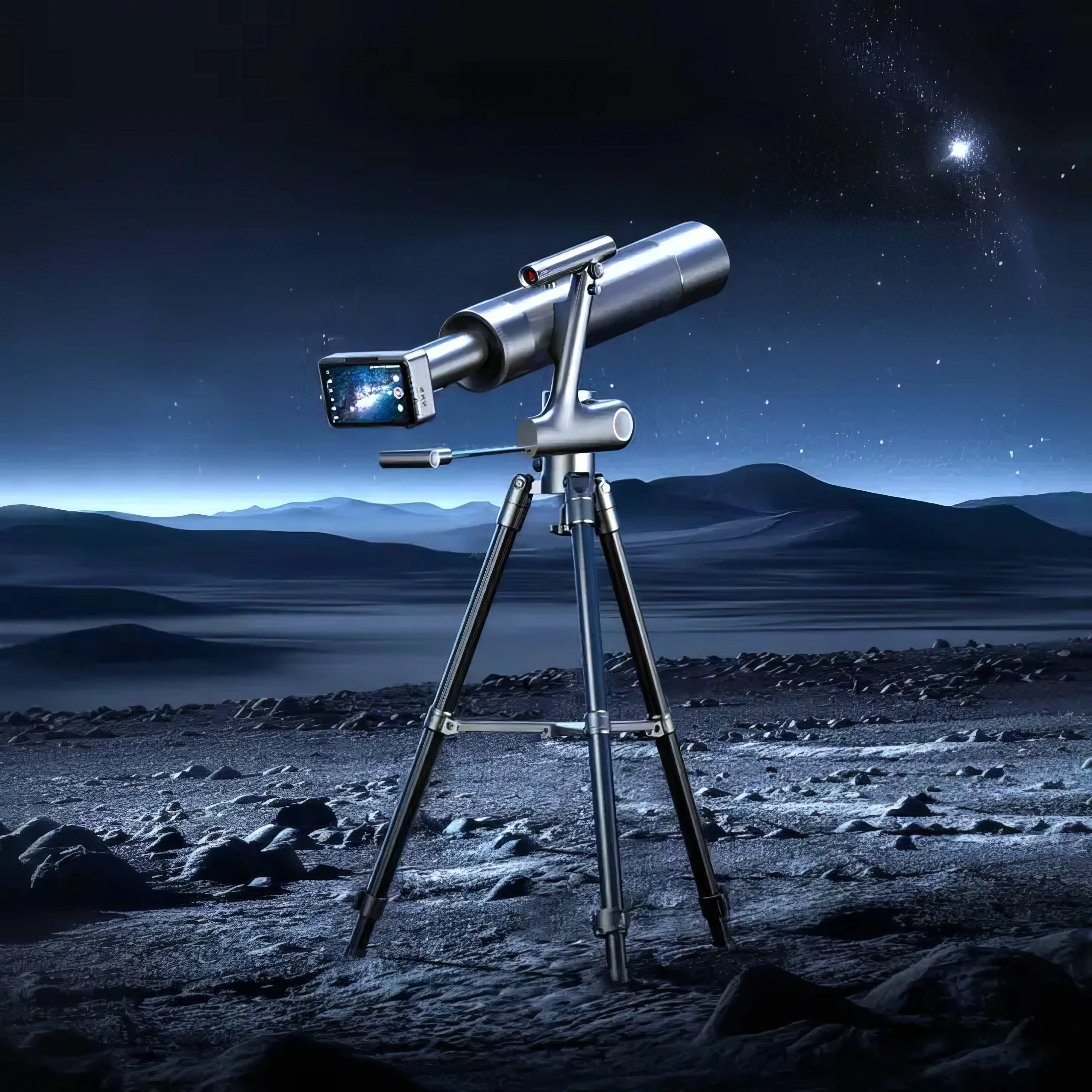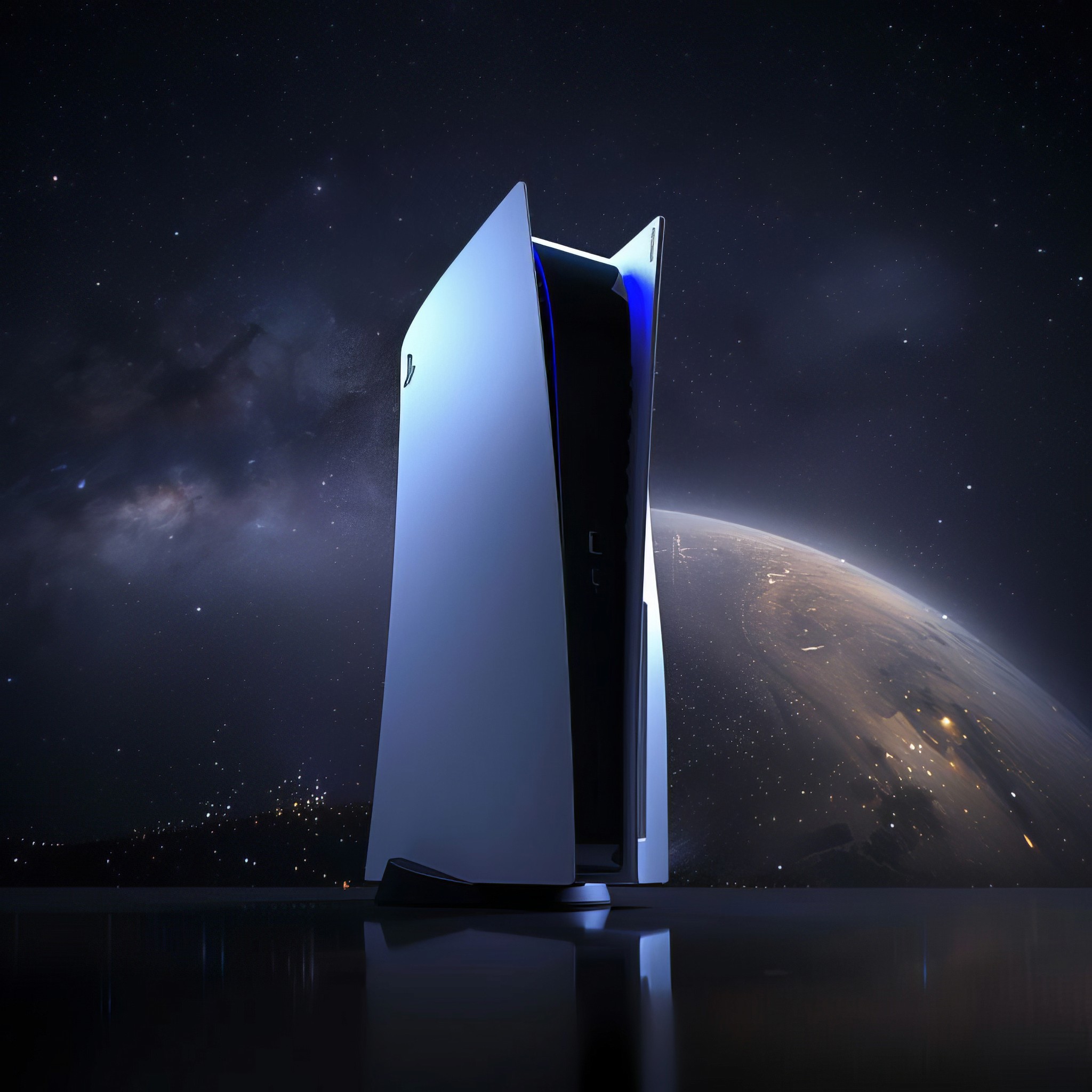[BY]
Dmytro Kremeznyi
[Category]
Tech
[DATE]
May 2, 2024
Explore SpaceX's new commercial space flight options to the ISS, moon, and Mars, aboard the Dragon Capsule and Starship, as space travel becomes more accessible than ever.
SpaceX, under the direction of CEO Elon Musk, is now accepting reservations for space voyages aboard their renowned spacecraft. The space travel pioneer has recently detailed its offerings, which range from Earth orbit and the International Space Station (ISS), to ambitious journeys to the moon and Mars.
Travelers looking to experience space can soon embark on missions using the proven Dragon Capsule combined with the Falcon 9 rocket. Since 2020, this pair has successfully transported astronauts to space, and now, potential space tourists have the opportunity to join in three to six-day Earth orbit missions or a 10-day visit to the ISS, accommodating two to four passengers depending on the mission type.
Those with lunar or Martian aspirations will need to exercise patience. The Starship, a colossal spacecraft still under development at Starbase near Boca Chica Beach, aims to take passengers on a week-long lunar journey. While a definitive timeline for Mars voyages remains undetermined, the details hint at a unique interplanetary adventure, with Mars days lasting slightly over 24 hours and the planet residing some 225 million kilometers from Earth.

SpaceX's offerings are positioned to outlast and outreach competitors like Blue Origin or Virgin Galactic, who focus mainly on brief suborbital flights. A significant draw for SpaceX passengers will be the panoramic views from the Dragon capsule’s 46-inch-wide cupola window, a feature unmatched in today's commercial spaceflight market.
For those aiming to join the ranks of space travelers by the end of 2024, SpaceX reveals that seats for Earth orbit flights will soon be up for grabs, with prices undisclosed yet likely surpassing the $55 million per seat NASA reportedly pays for its astronauts. A trip to the ISS could kick off as early as 2025, according to SpaceX.
Starship’s proposed moon mission plans to accommodate up to 12 passengers, offering private quarters and a journey spanning over 384,400 kilometers. Its 1,000 cubic meter nose cone is designed for various activities, ranging from entertainment to scientific research. However, for those looking at Mars, detailed information is scant, reflecting the monumental challenge of red planet colonization.

SpaceX's ambitious plans contrast sharply with its competitors. Blue Origin's New Shepard offers brief suborbital experiences from West Texas, with unconfirmed pricing previously speculated to be in the $200,000 to $300,000 range. Virgin Galactic, operating out of Spaceport America in New Mexico, markets space flights aboard its Unity spaceplane at $450,000 per seat.
As commercial space travel evolves, SpaceX leads with its bold visions of orbit, lunar, and Martian expeditions, setting new horizons for humanity's off-world aspirations. The coming years will determine how these cosmic ventures reshape our approach to space exploration and who gets to write the next chapter of our celestial journey.
Content





































